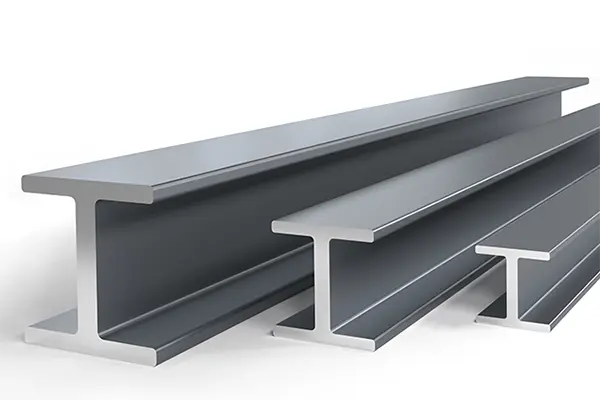When it comes to structural steel, two popular contenders stand out: the H beam and the I-beam. Both beams are widely used in construction and engineering projects, but have you ever wondered which one is stronger? In this article, we’ll delve into the world of structural steel and explore the key differences between H beams and I-beams, ultimately determining which one reigns supreme in terms of strength.
Understanding H Beams and I-Beams
H Beams – A Force to be Reckoned with
H beams, also known as wide flange beams, are characterized by their distinctive “H” shape. They are made up of two horizontal flanges connected by a vertical web, forming a strong and rigid structure. The flanges are wider and thicker than those of I-beams, providing increased strength and stability. H beams are commonly used in load-bearing structures, such as bridges, buildings, and industrial facilities, where the ability to support heavy loads is paramount.
I-Beams – The Backbone of Construction
I-beams, also known as universal beams or simply “I” sections, are named after their shape, which resembles the letter “I.” They consist of a vertical web connected to two horizontal flanges at the top and bottom. The flanges are narrower and thinner compared to H beams, resulting in a lighter overall structure. I-beams are widely used in construction, offering excellent strength-to-weight ratio and versatility. They are often employed in residential and commercial buildings, as well as in infrastructure projects.
The Battle of Strength: H Beam vs. I-Beam
Comparing Strength and Load-Bearing Capacity
When it comes to determining which beam is stronger, several factors come into play. The strength of a beam depends on its ability to resist bending and withstand loads. In this regard, H beams have the upper hand. The wider and thicker flanges of H beams provide greater resistance to bending forces, making them ideal for heavy load-bearing applications. On the other hand, I-beams excel in their strength-to-weight ratio. Although they may not be as sturdy as H beams, their lighter weight allows for more efficient transportation, installation, and versatility in various construction projects.
Spanning Longer Distances and Deflection Control
Another crucial aspect to consider is the span length and deflection control. H beams have a significant advantage when it comes to spanning longer distances without excessive deflection. Their wide flanges provide enhanced stability and rigidity, allowing for greater structural integrity over extended spans. I-beams, while not as capable of spanning long distances, offer excellent deflection control. Their narrower flanges result in less bending, making them suitable for applications where minimizing deflection is critical, such as in flooring systems or crane runways.
The Verdict: Which Beam Reigns Supreme?
When it comes to the battle of strength between H beams and I-beams, there is no definitive winner. Both beams have their unique strengths and applications. If you require a beam that can handle heavy loads and span longer distances, the H beam is the powerhouse you need. Its wide and thick flanges provide exceptional strength and stability. However, if you prioritize a lighter structure with excellent strength-to-weight ratio and superior deflection control, the I-beam is your go-to choice. Consider the specific requirements of your project and consult with a structural engineer to determine the best beam for your needs.
Post time: Mar-20-2024




